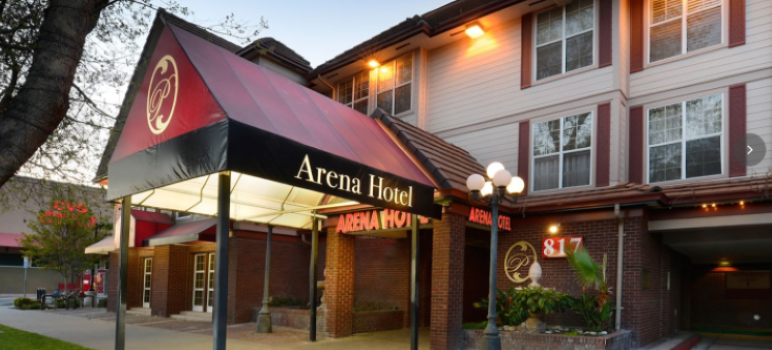San José Mayor Sam Liccardo announced this week that Governor Newsom’s latest announcement of state Homekey awards included $25.2 million for San José’s purchase of the Arena Hotel in downtown San José:
“In 2016, San José pioneered a new approach to housing our unhoused neighbors by buying and converting hotels and motels into dignified living accommodations for our most vulnerable residents,” Liccardo said. “That model successfully moved thousands of San Joséans off the streets.”
The funds will be used to convert the 90-unit Arena Hotel, 817 The Alameda, to interim and future permanent housing for homeless individuals and couples, according to the city.
The site is located within a half mile of transit and other resources. San Jose also received $14.5 million from Homekey to purchase the SureStay Hotel in 2020.


They need to ensure that the water is metered for each room – and only on for a few hours in the morning and at specific periods each day.
Or – shuts off permanently for the day when they reach to 40 gallons per day limit.
You know – we are in a severe drought –
and people that do not have skin in the game (ie. pay their way) do not care about conservation or the environment – just look the condition of any illegal campsite – it usually looks like a future EPA Superfund Site.
Excluding upgrades to the Arena Hotel, and excluding what will be paid to the Home First third-party non-profit to operate that facility, the average cost of a housing unit is about $280,000 ($25.2 million for 90 units), more than $400,000 less than the cost of producing a modest new affordable housing unit as estimated by the city-commissioned commercial linkage study of July 2020 (see https://www.sanjoseca.gov/home/showdocument?id=61766, pages 28-30). Cutting out the middlemen, i.e. profit-seeking developers and landlords, produces rapid almost immediate results with regard to providing permanent supportive housing for the houseless. This is but one method by which the public sector can produce affordable housing quickly and in significant quantities.
In the longer term, making housing affordable requires that the public sector play a major role, in particular actually building public housing from scratch is a relatively low-cost manner. As I have argued elsewhere, the example of public housing on public university campuses is an excellent template for local and county governments for constructing affordable and livable social housing (https://sanjosespotlight.com/why-has-building-housing-in-san-jose-become-increasingly-unaffordable/#comment-48805). University campuses commingle and juxtapose housing, work, leisure, community, transport and open spaces in compact, creative and effective ways. As such, they provide a template as to ways to make cities more livable, convenient and affordable.